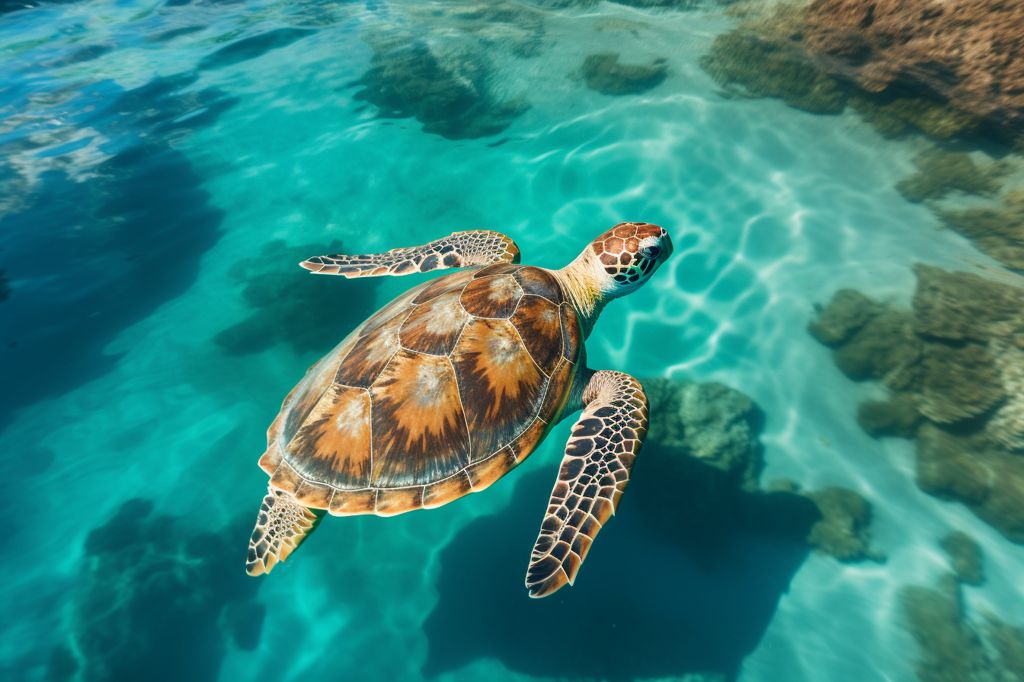Aerial Survey Reveals Rare Aquatic Species
In an exceptional discovery, the Marine and Coastal Resources Research Centre (Central Gulf of Thailand) recently conducted a nine-day aerial survey, covering 169.7 square kilometers off the coast of Nakhon Si Thammarat, Surat Thani, and Chumphon. This survey led to the sighting of several rare aquatic animals, which has sparked calls for increased protection and conservation efforts in the region.
Rare Species Spotted
The survey’s results were fascinating, as researchers observed a dugong, two Indo-Pacific humpbacked dolphins, and four green turtles in Phumriang Bay, situated in the Chaiya district of Surat Thani. Additionally, they found three more green turtles in the coastal area of Tha Chana district, also in Surat Thani.
Unfortunately, no rare aquatic animals were sighted in either Talet Bay in Khanom district of Nakhon Si Thammarat or Thungka-Sawi Bay in Sawi district of Chumphon.
Analyzing the Findings
The research center plans to closely analyze the collected data to gain a better understanding of the population and habitats of these rare species. This information will be invaluable in devising strategies to protect and conserve these fascinating creatures.
A Call to Action
Surat Thani governor Wichawut Jinto, upon learning about the survey results, urged local communities and related agencies to work together to protect these rare aquatic animals. The governor emphasized the need for cooperation among locals and fishermen, particularly in preserving the dugong population.
He expressed concern about the dugong sighting, stating that it is alarming to find only one dugong as they typically thrive in herds. This highlights the urgency of implementing conservation measures to safeguard the species.
Collaboration for Conservation
The discovery of these rare marine species in the Gulf of Thailand underscores the importance of collaboration among researchers, local communities, and government agencies. By working together, we can better understand the needs of these extraordinary animals, support their conservation, and ensure that they continue to thrive in their natural habitats.




